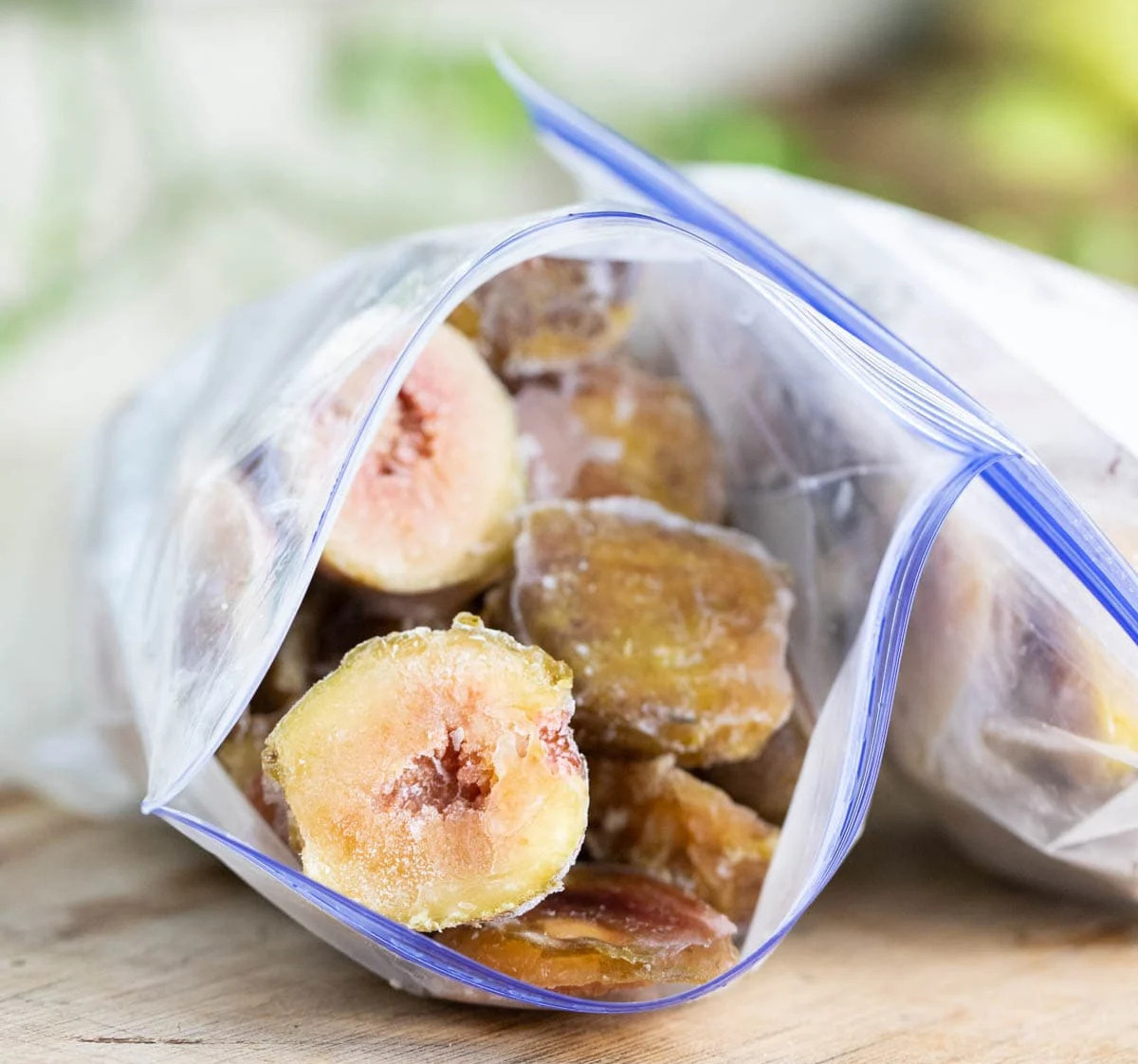

Articles
How To Store Figs In The Freezer
Modified: December 7, 2023
Learn how to store figs in the freezer with these helpful articles. Keep your figs fresh and delicious for future use.
(Many of the links in this article redirect to a specific reviewed product. Your purchase of these products through affiliate links helps to generate commission for Storables.com, at no extra cost. Learn more)
Introduction
When figs are in season, they are lusciously sweet and make a delightful addition to various dishes. However, their short shelf life can pose a challenge when it comes to storing them for later use. Fortunately, freezing figs is a simple and effective method to preserve their flavor and texture.
Freezing figs allows you to enjoy their deliciousness all year round, whether you want to use them in smoothies, baked goods, or as a topping for yogurt or ice cream. In this article, we will guide you through the process of storing figs in the freezer to ensure that they retain their quality during freezing and thawing.
Before we dive into the steps of freezing figs, it’s important to choose ripe and high-quality specimens for the best results. Look for figs that are soft to the touch and have a vibrant color. Avoid figs that are overly ripe or have blemishes or mold.
Once you have selected the perfect figs, it’s time to wash and prepare them for freezing. Removing any dirt or debris is essential to maintain their freshness and prevent contamination.
Now that you have a basic understanding of the process, let’s move on to the step-by-step guide on how to store figs in the freezer.
Key Takeaways:
- Enjoy the sweetness of figs year-round by freezing whole or sliced figs. Properly pack, label, and store them in the freezer for easy access and use in various recipes.
- Thaw frozen figs in the refrigerator or at room temperature for optimal texture and flavor. Experiment with incorporating them into smoothies, salads, baked goods, or enjoy them as a nutritious snack.
Read more: How To Store Figs
Step 1: Selecting the right figs
Choosing the right figs is crucial when it comes to freezing them. Opt for figs that are fully ripe but still firm. Ripe figs should yield slightly to pressure when gently squeezed, indicating that they are sweet and flavorful.
It’s best to pick figs that have a vibrant color, ranging from deep purple to golden yellow, depending on the variety. Avoid figs that are unripe or have any signs of mold or blemishes.
If you have a fig tree in your backyard, you have the luxury of picking figs at their peak of ripeness. Harvest the figs when they have fully matured and are easily plucked from the tree. This ensures that you capture the fruit’s optimal flavor.
If you don’t have access to fresh figs from a tree, look for them at your local farmers’ market or grocery store. Select figs that are free from bruises, soft spots, or signs of overripeness.
Consider the desired use for the frozen figs. If you plan to use them for baking purposes or in smoothies, smaller figs are typically preferred. However, if you intend to use the frozen figs as a topping or for stuffing, larger figs with a higher pulp-to-seed ratio are ideal.
By selecting the right figs, you are setting the foundation for delicious frozen treats that you can enjoy long after the fig season has ended.
Step 2: Washing and preparing the figs
Before freezing figs, it’s important to ensure that they are properly washed and prepared. This step helps remove any dirt, debris, or potential contaminants that may be present on the surface of the fruit.
To wash the figs, begin by gently rinsing them under cool running water. Use your fingers to lightly rub the skin to remove any residual dirt. Avoid using harsh scrub brushes or sponges, as they can damage the delicate skin of the figs.
Once the figs are clean, pat them dry with a clean kitchen towel or paper towels. This helps remove excess moisture, which can lead to freezer burn when the figs are frozen.
After washing and drying, you can choose whether to leave the figs whole or slice them before freezing. The choice depends on personal preference and how you plan to use the frozen figs in the future.
If you opt to leave the figs whole, ensure that they are free of any stems or imperfections. This helps maintain the aesthetics of the fruit and avoids the need for additional trimming when using them later.
If you decide to slice the figs, aim for uniform thickness to promote even freezing and thawing. You can either cut them into rounds or quarters, depending on your preference and intended use.
Once the figs are washed and prepared, you are ready to move on to the next step of the freezing process.
Step 3: Freezing whole figs
Freezing whole figs is a straightforward method that allows you to preserve their natural shape and texture. This method is particularly useful if you plan to use the frozen figs in dishes where the whole fruit can be enjoyed.
To freeze whole figs, start by placing them on a baking sheet lined with parchment paper or a silicone mat. Make sure to leave some space between each fig to prevent them from sticking together once frozen.
Next, put the baking sheet with the figs into the freezer and allow them to freeze completely. This process typically takes around 2-3 hours, depending on the size of the figs and the temperature of your freezer.
Once the figs are frozen solid, transfer them into a freezer-safe bag or airtight container. Label the container with the date and contents for easy identification in the future.
When packing the figs, try to remove as much air as possible from the bag or container. This helps prevent freezer burn and maintain the quality of the figs during storage.
Place the bag or container back into the freezer and make sure it is kept flat to avoid any shifting or crushing of the figs.
Freezing whole figs preserves their shape and makes it easy to grab however many you need for your recipes without the hassle of defrosting more than necessary.
In the next step, we will explore how to freeze sliced figs, another versatile option for freezing this delicious fruit.
To store figs in the freezer, wash and dry them thoroughly, then arrange them in a single layer on a baking sheet and freeze until solid. Once frozen, transfer the figs to a resealable plastic bag or airtight container for long-term storage.
Step 4: Freezing sliced figs
Slicing figs before freezing them provides convenience and flexibility when incorporating them into various recipes. Whether you plan to use them in salads, desserts, or as toppings, freezing sliced figs makes it easy to portion out the desired amount.
To freeze sliced figs, start by washing and preparing the fruit as mentioned in Step 2. Once the figs are clean and dry, use a sharp knife to slice them to the desired thickness.
If you prefer round slices, make cross-sectional cuts to create medallion-shaped pieces. Alternatively, you can opt for quartered slices by first cutting the figs in half lengthwise, then cutting each half into quarters.
Place the sliced figs onto a baking sheet lined with parchment paper or a silicone mat, ensuring that they are spread out in a single layer. This prevents the slices from sticking together and allows for easier portioning later on.
Transfer the baking sheet with the sliced figs to the freezer, making sure it is level and stable. Allow the figs to freeze completely, which usually takes around 1-2 hours.
Once the slices are frozen solid, carefully remove them from the baking sheet and transfer them into a freezer-safe bag or airtight container. Squeezing out excess air before sealing the bag or container helps maintain the quality of the figs during storage.
Label the bag or container with the date and contents, then place it back into the freezer. Make sure to keep it flat to prevent any breakage or damage to the slices.
Freezing sliced figs offers the convenience of easily portioning out the desired amount for your recipes without the need to defrost the entire batch. Now that you have learned how to freeze whole and sliced figs, let’s move on to the next step: packing and storing the frozen figs.
Read more: How To Store Ripe Figs
Step 5: Packing and storing the frozen figs
Properly packing and storing the frozen figs is vital to maintain their quality and prevent freezer burn. Follow these steps to ensure that your frozen figs stay fresh and delicious:
1. Choose the right packaging: Use freezer-safe bags or airtight containers specifically designed for freezing to keep the figs protected from moisture and air exposure.
2. Portion out the figs: If you froze whole figs, separate them into smaller portions based on your anticipated usage. For sliced figs, consider dividing them into measured portions for easy access when needed.
3. Remove excess air: Squeeze the air out of freezer bags before sealing them tightly. If using containers, ensure they have a tight-fitting lid to prevent the entry of air.
4. Label and date: Clearly label each package or container with the contents and date of freezing. This way, you can easily identify and keep track of the frozen figs in your freezer.
5. Find the ideal storage spot: Place the packaged figs in the coldest part of your freezer, such as the back or the bottom shelf. This helps maintain a consistent and optimal freezing temperature.
6. Avoid stacking or crushing: Arrange the packages in a single layer if possible, to prevent crushing or sticking together. If stacking is necessary due to limited space, place a layer of parchment paper or a silicone mat between the packages to prevent them from freezing together.
By properly packing and storing the frozen figs, you can extend their shelf life and ensure that they retain their flavor and texture until you are ready to use them. In the next step, we will explore how to thaw and use the frozen figs effectively.
Step 6: Thawing and using the frozen figs
Thawing the frozen figs properly is crucial to preserve their texture and flavor. Follow these steps to safely thaw and use the frozen figs:
1. Refrigerator thawing: The best method for thawing frozen figs is to transfer them from the freezer to the refrigerator. Place the desired amount of frozen figs in a shallow dish or container and let them thaw overnight. This gradual thawing process helps retain their texture and minimizes any loss of flavor.
2. Room temperature thawing: If you need to thaw the figs more quickly, you can leave them at room temperature for a few hours. Place the frozen figs in a bowl or plate and let them sit until they reach your desired level of softness. Keep in mind that this method may result in slightly softer figs compared to refrigerator thawing.
3. Use directly in recipes: In some cases, you may be able to use frozen figs without thawing them first. Certain recipes, such as smoothies or baked goods, can accommodate frozen figs without compromising the final outcome. Simply add the frozen figs directly to your recipe and adjust the cooking or blending time accordingly.
4. Enjoy the thawed figs: Once the figs have thawed, whether in the refrigerator or at room temperature, they are ready to be enjoyed in various dishes. They can be used as a topping for breakfast bowls, added to salads, folded into cakes or muffins, or even enjoyed on their own as a nutritious snack.
Remember that thawed figs may have slightly altered texture compared to fresh figs, but their flavor and versatility remain intact. If you have any unused thawed figs, they can be stored in the refrigerator for a couple of days.
Now that you know how to thaw and use the frozen figs effectively, you can enjoy the taste of these delightful fruits even when they are out of season. With proper freezing and thawing techniques, you can savor the sweetness of figs all year round.
As a concluding note, remember to experiment and get creative with the frozen figs in various recipes, discovering new and delicious ways to incorporate them into your culinary repertoire.
Conclusion
Freezing figs is a wonderful way to enjoy their delicious flavor and unique texture all year round. With the right selection, washing, and preparation, you can successfully freeze whole or sliced figs to preserve their freshness and versatility.
By following the step-by-step guide outlined in this article, you now have the knowledge to store figs in the freezer effectively. Whether you choose to freeze whole figs for easy use or sliced figs for added convenience, proper packing and storage are essential to maintaining their quality.
Thawing the frozen figs in the refrigerator or at room temperature ensures that their flavor remains intact while allowing for easy incorporation into various dishes. Whether you decide to use them in smoothies, salads, baked goods, or enjoy them on their own, thawed figs can add a burst of sweetness and nutritional benefits to your meals.
Remember to label and date your frozen figs, storing them in a cool part of your freezer to maintain their optimal quality. Properly packed and stored figs can last for several months, providing you with a supply of this delectable fruit even when it is out of season.
So, the next time you have an abundance of fresh figs, don’t let them go to waste. Take advantage of the freezing method to enjoy their delightful flavor long after the fig season has passed.
Explore different recipes and experiment with using frozen figs in your favorite dishes. From decadent desserts to refreshing beverages, frozen figs can bring a touch of sweetness and elegance to your culinary creations.
Now that you have mastered the art of storing figs in the freezer, it’s time to unleash your creativity and indulge in the deliciousness of these versatile fruits all year round.
Frequently Asked Questions about How To Store Figs In The Freezer
Was this page helpful?
At Storables.com, we guarantee accurate and reliable information. Our content, validated by Expert Board Contributors, is crafted following stringent Editorial Policies. We're committed to providing you with well-researched, expert-backed insights for all your informational needs.


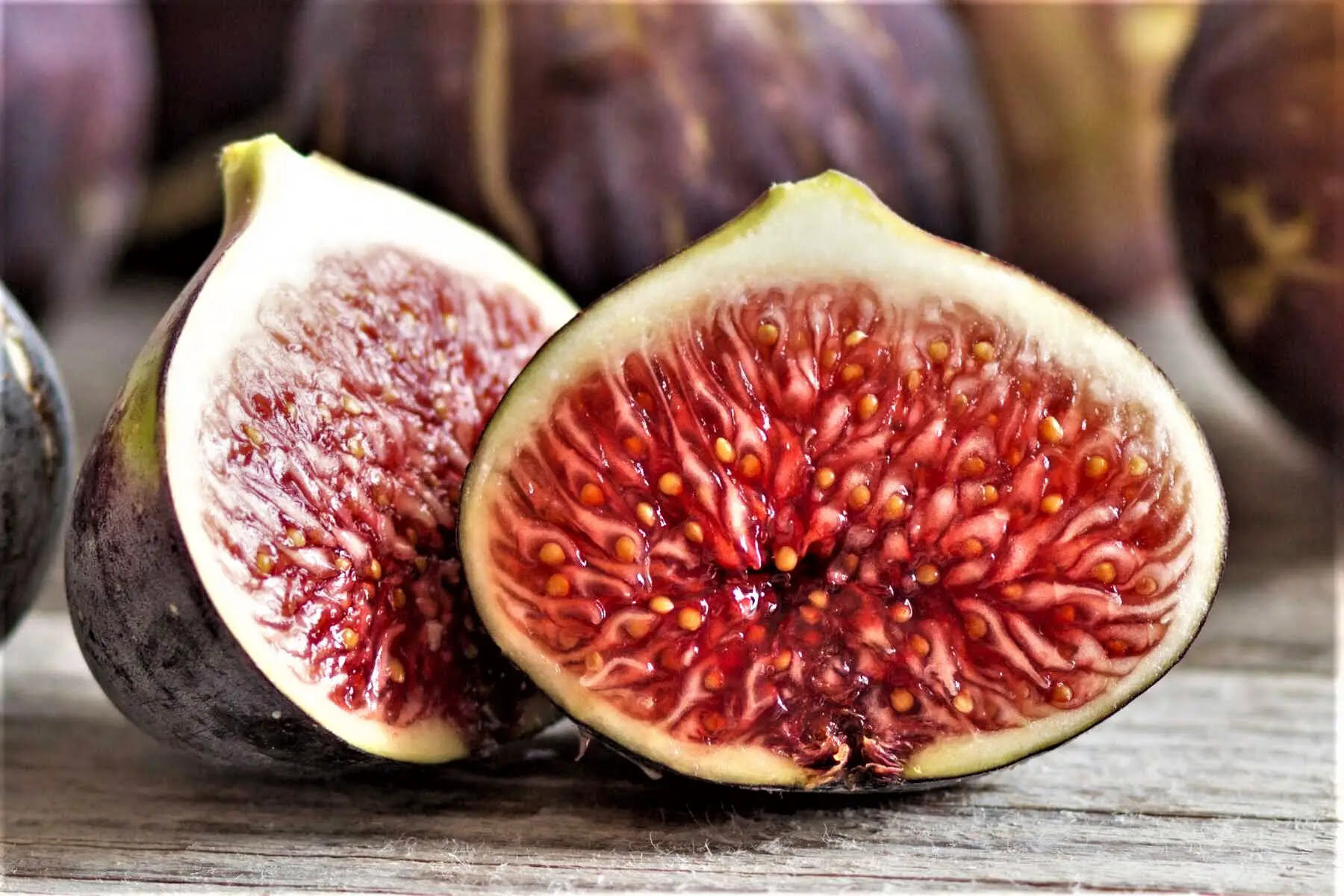
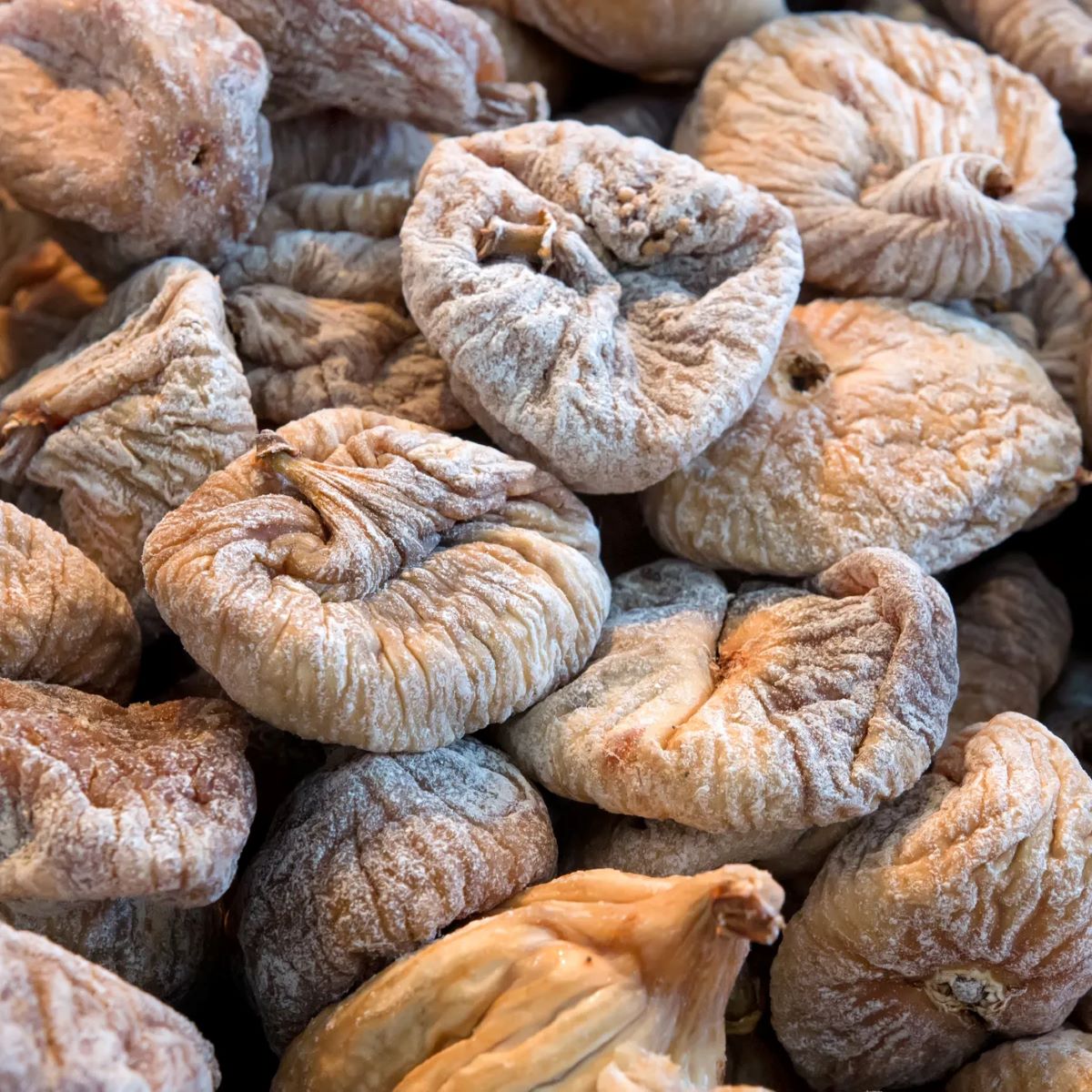

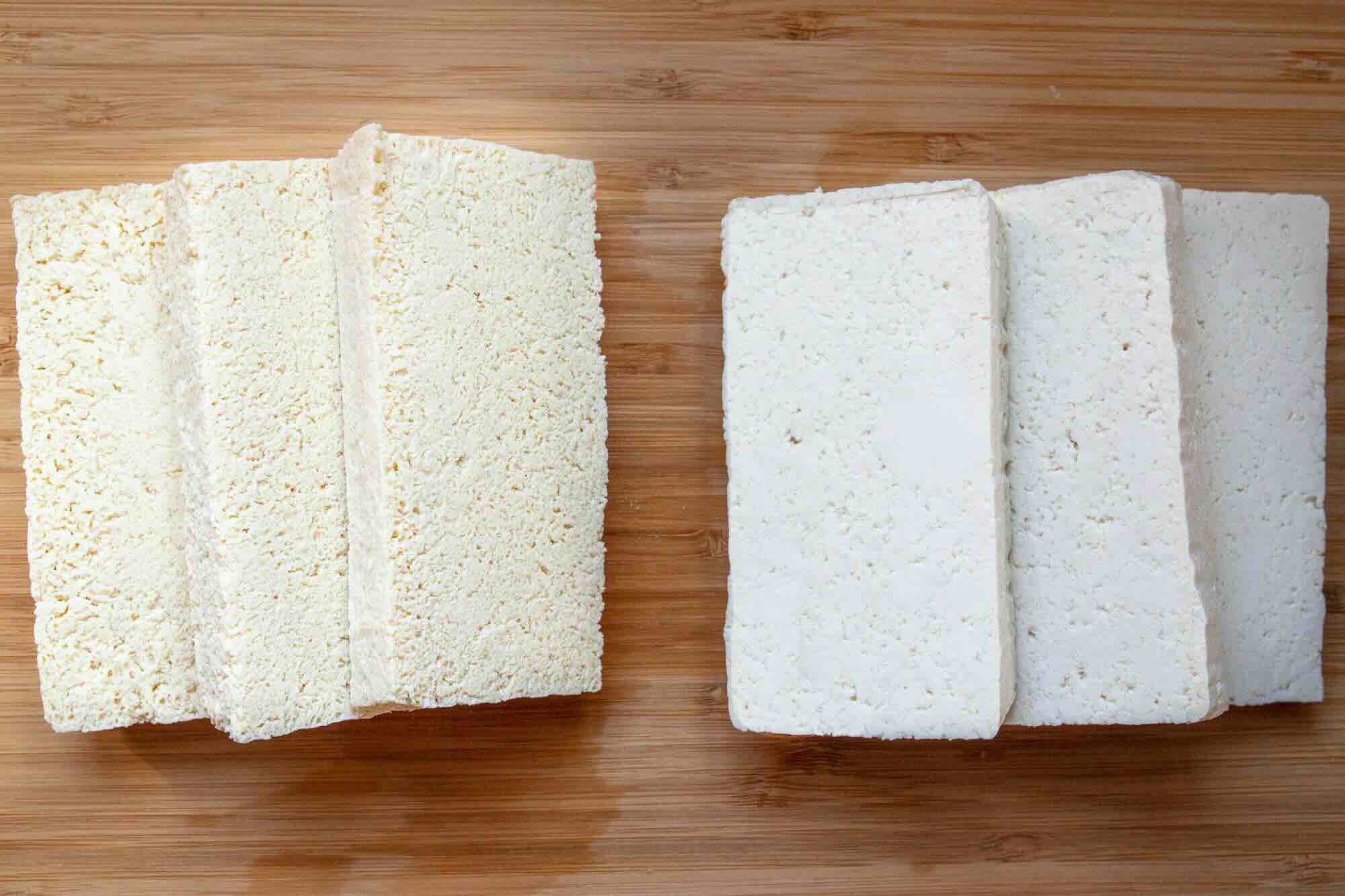




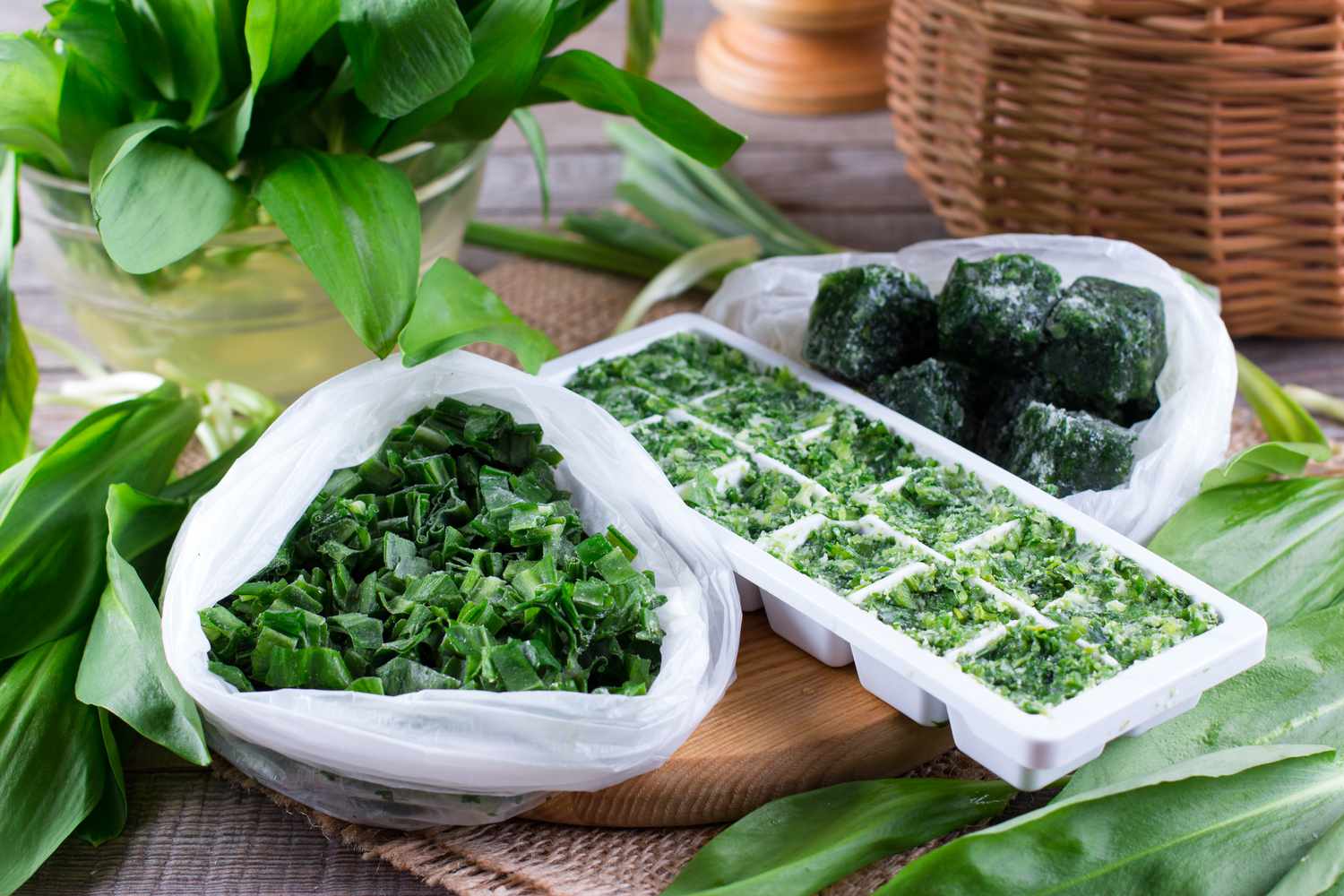
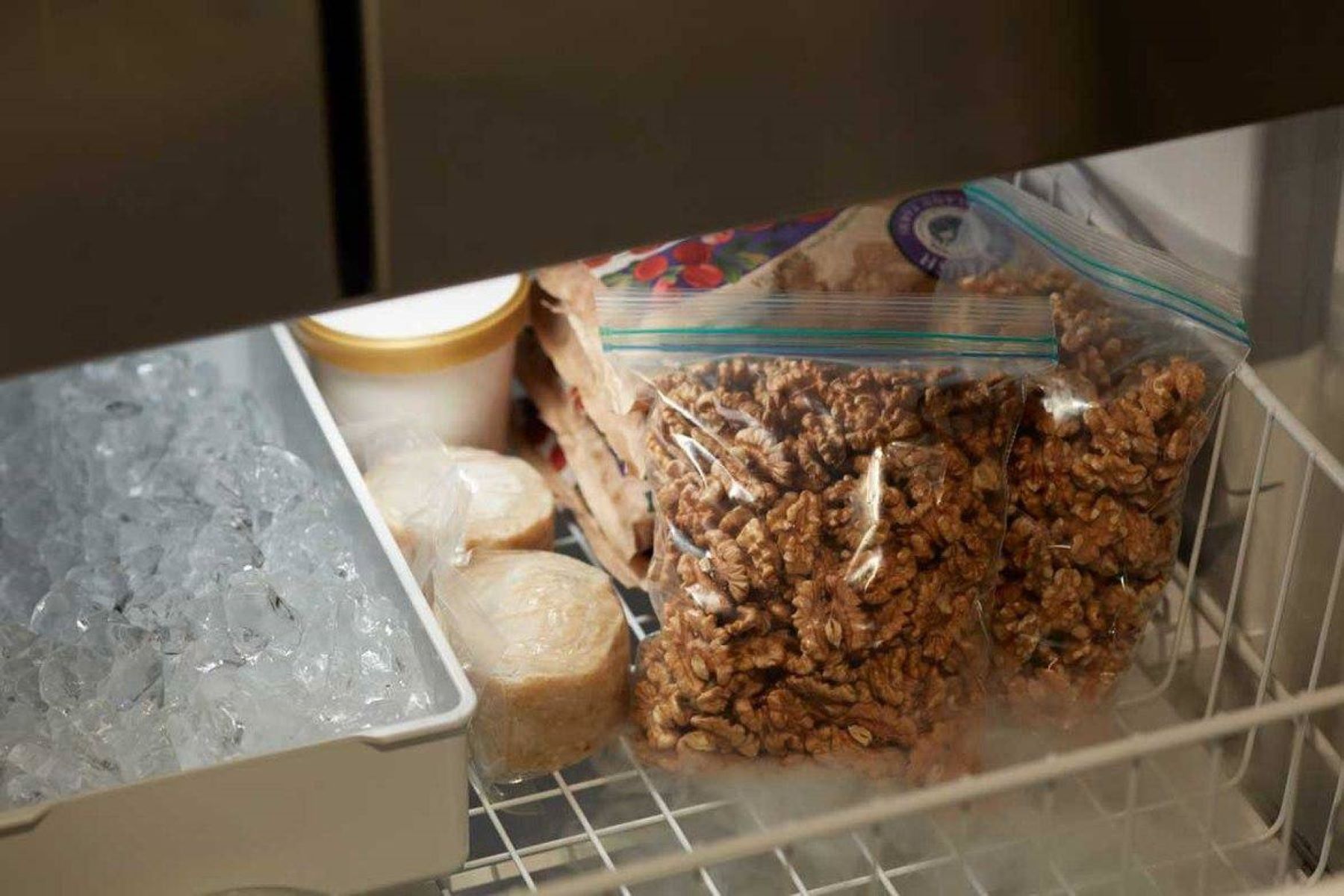

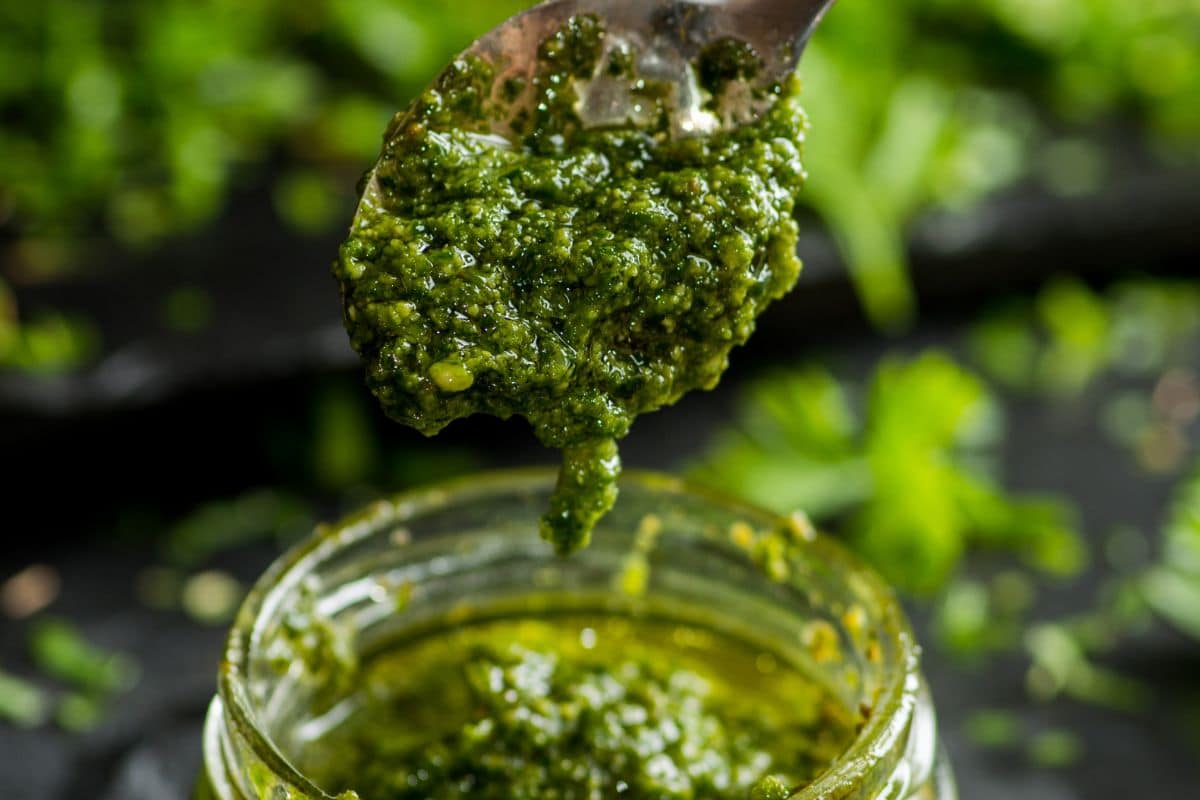

0 thoughts on “How To Store Figs In The Freezer”